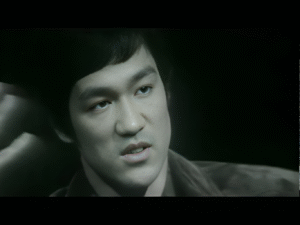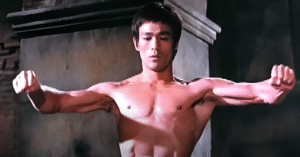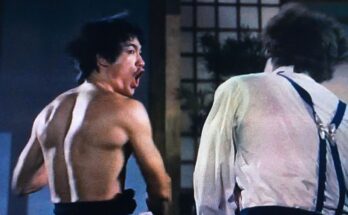Bruce Lee’s Core Symbol: A Visual Manifestation of Martial Philosophy
Bruce Lee’s Core Symbol, emblematic of his martial art Jeet Kune Do, encapsulates his philosophical approach to combat and life. This symbol, a modified yin-yang, reflects Lee’s belief in adaptability and the harmonious interplay of opposing forces.

Design and Meaning
At the heart of the Core Symbol lies the traditional yin-yang, representing duality and balance. Lee enhanced this with two arrows encircling the symbol, signifying the continuous interaction between yin and yang. Surrounding this are Chinese characters translating to “Using no way as way; having no limitation as limitation,” encapsulating Lee’s philosophy of formlessness and adaptability.

Evolution of the Symbol
The Core Symbol is the culmination of Lee’s personal development, representing the final stage in a series of four symbols illustrating his journey: Partiality, Fluidity, Emptiness, and Jeet Kune Do. Each stage signifies a phase in Lee’s martial and philosophical evolution, with the Core Symbol embodying the integration of these principles.
Legacy and Influence
Lee’s Core Symbol transcends martial arts, symbolizing a broader philosophy of personal growth and self-expression. It serves as a reminder of the importance of adaptability, balance, and the continuous pursuit of self-improvement. The symbol remains a powerful representation of Lee’s enduring legacy in both martial arts and philosophical thought.
For a deeper exploration of Bruce Lee’s Core Symbol, including original sketches and interviews, you can watch the following video:



